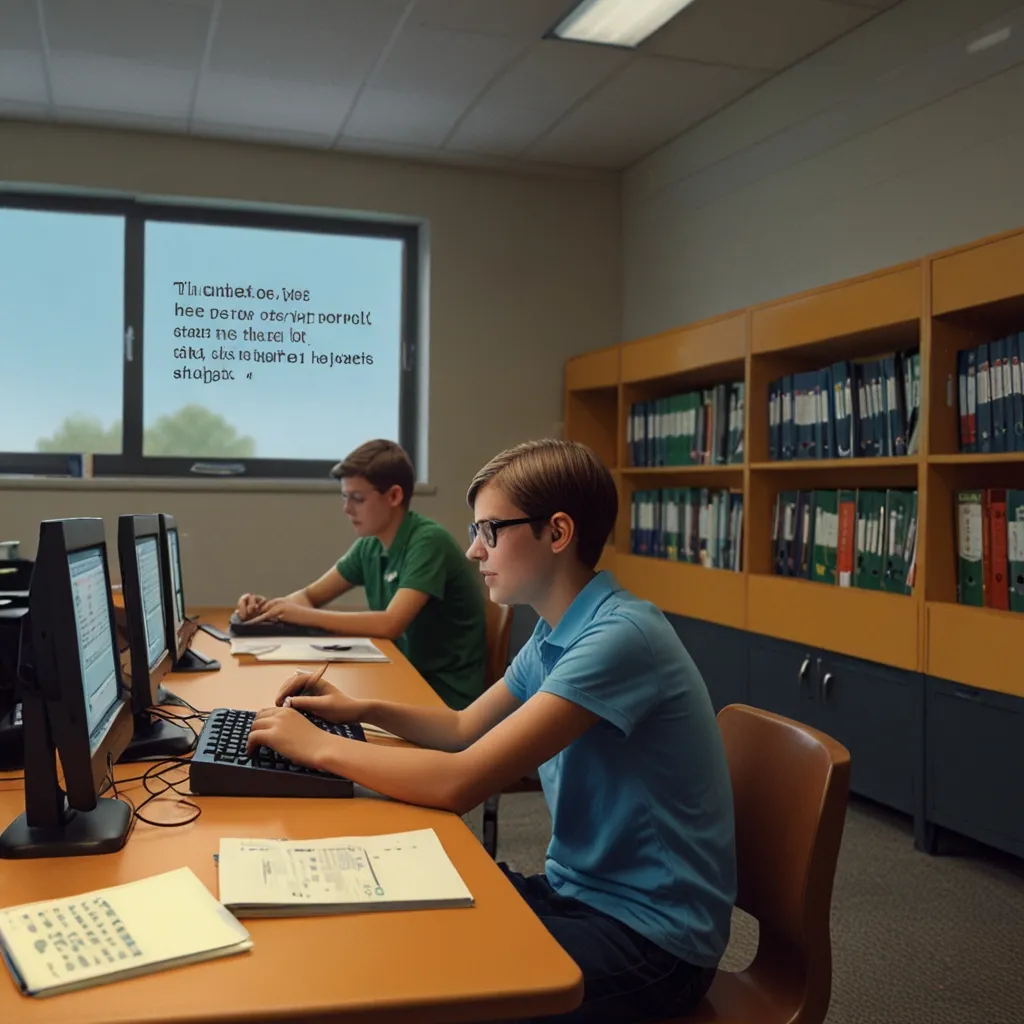Teaching programming to beginners can feel like navigating a maze. The language you choose can either light the way or make it more confusing. One star shining brightly in the world of educational programming is Turing. Designed to make coding more approachable, it’s gained a great reputation for being easy to learn and use.
First off, let’s talk about Turing’s syntax. Imagine trying to learn a new language and being bogged down by tough grammar rules. Many programming languages throw complex structures at you, making it hard to grasp the basics. Turing’s syntax is the complete opposite—simple, clean, and readable. It allows students, especially beginners, to focus on understanding core programming concepts. For instance, loops in Turing are straightforward, making it easier for students to understand how they work without scratching their heads over messy syntax.
Then there’s error handling—something we all know can be a real pain. Imagine getting a cryptic error message that doesn’t tell you what’s wrong or where to find the issue. Frustrating, right? Turing tackles this problem head-on with clear, user-friendly error messages that point out exactly where the problem lies. This feature is a godsend for beginners. It dulls the edge of frustration and makes debugging a way smoother process. Instead of banging their heads against the wall, students can correct their mistakes quickly and move on.
Another standout feature of Turing is its capability for interactive learning. Dry, theoretical examples can put anyone to sleep. Turing mixes things up with powerful graphics and string handling that make lessons interactive and engaging. Imagine learning loops by creating animations or games that show objects bouncing around the screen. Not only does it make learning fun, but it also helps students visualize the concepts in real-time. Watching a loop in action can be much more enlightening than a static code snippet.
Turing’s practicality extends beyond basic programs. It’s not just about writing code that prints “Hello, World!” on the screen. Students can quickly build more complex applications like games and animations. This hands-on approach helps reinforce what they’ve learned, making the concepts stick better. There’s something incredibly motivating about seeing your code bring an idea to life right before your eyes. This immediate feedback loop can keep students engaged and hungry to learn more.
Teachers love Turing for its intuitive layout and how it helps students grasp programming structures. The way Turing organizes loops and conditional statements makes it easier for educators to guide their students. And students? They love the clarity. Less time wrestling with syntactical issues means more time spent understanding actual programming tasks. This streamlined focus can accelerate learning and make teaching more effective.
When comparing Turing to other educational languages like Pascal, Turing has some clear advantages. Studies have shown that students using Turing spend less time on syntax errors than those using Pascal. This means they can move through the material faster and dive into more interesting topics sooner. Although there’s no solid evidence that Turing directly boosts problem-solving skills, its straightforward syntax allows students to spend more time solving problems rather than deciphering code.
It’s also worth noting that the skills learned in Turing are not confined to just Turing. They transfer well to other programming languages. This is because foundational concepts like loops, conditional statements, and functions are universal across programming languages. Mastering these in Turing sets students up for future success, giving them a strong base to build on as they move to more advanced languages and more complex projects.
Another plus for Turing is its supportive community and wealth of resources available. Teachers and students can find plenty of tutorials, examples, and project ideas to enhance their learning experience. Plus, the language is simple enough for teachers to create custom exercises tailored to their specific curriculum needs. This flexibility is a huge asset in educational settings.
Putting it all together, Turing is a gem in the world of educational programming languages. Its easy-to-grasp syntax, effective error handling, and engaging, interactive features make it an excellent choice for beginner courses. Students can quickly get the hang of the basics and start building a solid foundation for their programming journey. For teachers and students alike, Turing offers a delightful and effective way to learn and teach programming. Whether you’re at the beginning of your coding path or guiding others along their way, Turing provides the tools to make the journey smoother and more enjoyable.






